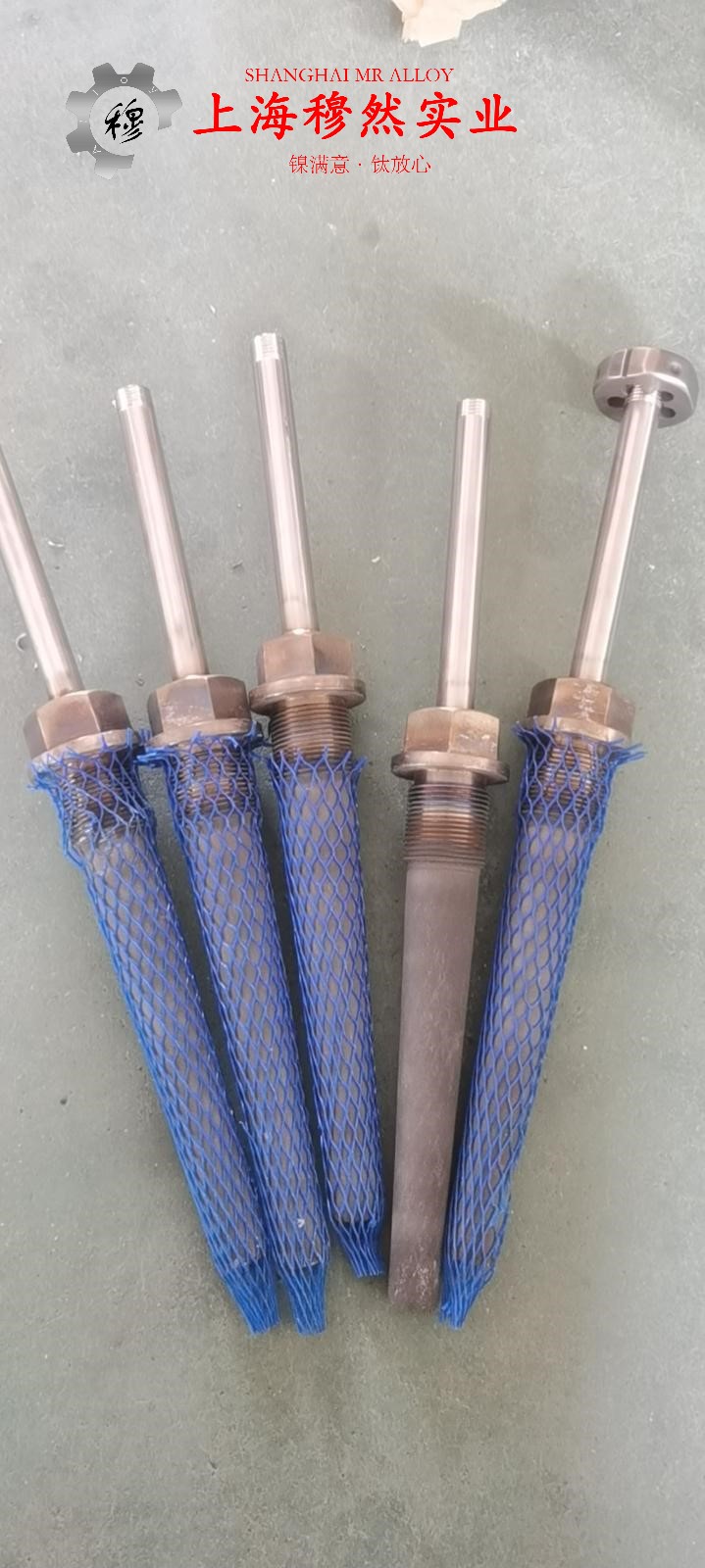6J22 Nickel-Chromium Alloy Plates: Technical Standards and Applications
6J22 is a high-performance nickel-chromium alloy that has been widely used in various industrial applications due to its excellent mechanical properties, corrosion resistance, and thermal stability. This alloy, also known as NS309, is ideal for environments requiring strong resistance to oxidizing and reducing conditions, as well as high-temperature service. As a materials engineer with over 20 years of experience, I will delve into the technical specifications, industry standards, common pitfalls, and争议 points surrounding the use of 6J22 nickel-chromium alloy plates.
Technical Parameters
6J22 nickel-chromium alloy plates are typically supplied in the form of sheets with thickness ranging from 0.015 inches to 0.5 inches (0.38 mm to 12.7 mm). The alloy composition is as follows:
- Nickel (Ni): 22.0-24.0%
- Chromium (Cr): 10.0-12.0%
- Carbon (C): 0.03-0.08%
- Molybdenum (Mo): 2.0-3.0%
- Silicon (Si): 0.4%
- Manganese (Mn): 0.4%
- Other elements:Trace amounts
The mechanical properties of 6J22 include:
- Tensile Strength: Minimum 800 MPa
- Yield Strength: Minimum 450 MPa
- Elongation: Minimum 40%
- Hardness: Rockwell B Scale 90-95
The alloy exhibits excellent resistance to creep and stress rupture at elevated temperatures, making it suitable for applications in high-temperature environments such as jet engine components, chemical processing equipment, and industrial furnaces.
Industry Standards
6J22 nickel-chromium alloy plates are covered under multiple industry standards, including:
- ASTM B929/B929M Standard Specification for Nickel-Chromium Alloy (UNS N06925) Plate, Sheet, and Strip
- This standard specifies the chemical composition, mechanical properties, and testing requirements for 6J22 alloy plates, sheets, and strips.
- Key requirements include heat treatment, non-destructive testing (NDT), and chemical analysis.
- AMS 5989/4 Standard for Nickel Base Alloy Bars, Wire, Forgings, and Stock Forms
- This standard is often referenced for high-performance nickel-chromium alloys used in aerospace and defense applications.
- It emphasizes material purity and mechanical consistency.
Additionally, the alloy is covered under the GB/T 3256-2007 standard in China, which outlines comparable technical specifications for nickel-chromium alloy plates.
Material Selection Pitfalls
-
Misapplication in High-Corrosion Environments: A common mistake is assuming that 6J22 can handle all types of corrosion. While it performs well in both oxidizing and reducing environments, improper use in aggressive corrosion settings (e.g., without proper coatings or treatments) can lead to premature failure.
-
Neglecting Heat Treatment: The mechanical and corrosion properties of 6J22 are significantly influenced by its heat treatment. Failure to perform the recommended solution annealing or stress relieving can result in subpar performance.
-
Overlooking Material Certifications: Many suppliers offer 6J22 plates without proper material certifications or traceability. This can lead to receiving material that does not meet the required standards. Always ensure suppliers provide valid test reports compliant with ASTM or AMS standards.
Technical Controversy: Annealing vs. Work Hardening
One ongoing debate in the materials science community is the relative merits of annealed versus work-hardened 6J22 alloy plates. Annealed plates exhibit superior ductility and are often used in applications requiring forming or bending. However, work-hardened plates are harder and stronger, making them ideal for structural applications. The choice between the two depends on the specific application requirements, with considerations such as formability, strength, and corrosion resistance playing a critical role.
Market Insights
The global market for nickel-chromium alloys is influenced by several factors, including raw material costs and geopolitical tensions. According to data from the LME (London Metal Exchange) and Shanghai Nonferrous Metals Exchange (SME), nickel prices have shown significant volatility in recent years, impacting the cost of 6J22 alloy plates. As of 2024, the average price of 6J22 nickel-chromium alloy plates is approximately $25-$30 per kilogram, reflecting a 10% increase from 2023 due to rising nickel costs.
Conclusion
6J22 nickel-chromium alloy plates are a versatile material with exceptional properties suited for demanding industrial applications. By adhering to industry standards, avoiding common pitfalls, and carefully considering the technical controversy between annealing and work hardening, engineers and manufacturers can maximize the performance and longevity of 6J22 alloy plates in their applications.



